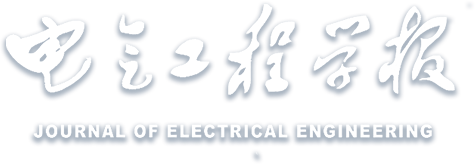Abstract:
Gas-insulated metal-enclosed transmission line(GIL) is the key equipment to achieve high drop, large span, heavy pollution and other special scenarios of large-capacity power transmission. The tri-post insulators are the core components for electrical insulation and mechanical support. The residual stress in epoxy-casted ultra-high voltage GIL tri-post insulators remains very high, coupled with a lack of effective detection methods, leading to commissioning with defects. Firstly, the curing deformation and residual stress formation mechanism of the oversized insulator are explained considering the curing kinetics, and thermos-chemical coupling model. Secondly, the current residual stress detection methods are summarized by comparing the applicability and shortcomings of pre-set sensors, direct mechanical measurement method and indirect non-destructive testing methods. Lastly, the main stress distribution patterns and mechanical reliability of the tri-post insulators during different life cycles are analyzed by coupling residual stress with filler sedimentation. The relevant results provide certain reference for the structural design, process optimization, and performance assessment of oversized tri-post insulators, which is expected to promote the progress of the intrinsic safety of the ultra-high voltage power equipment.


 下载:
下载: